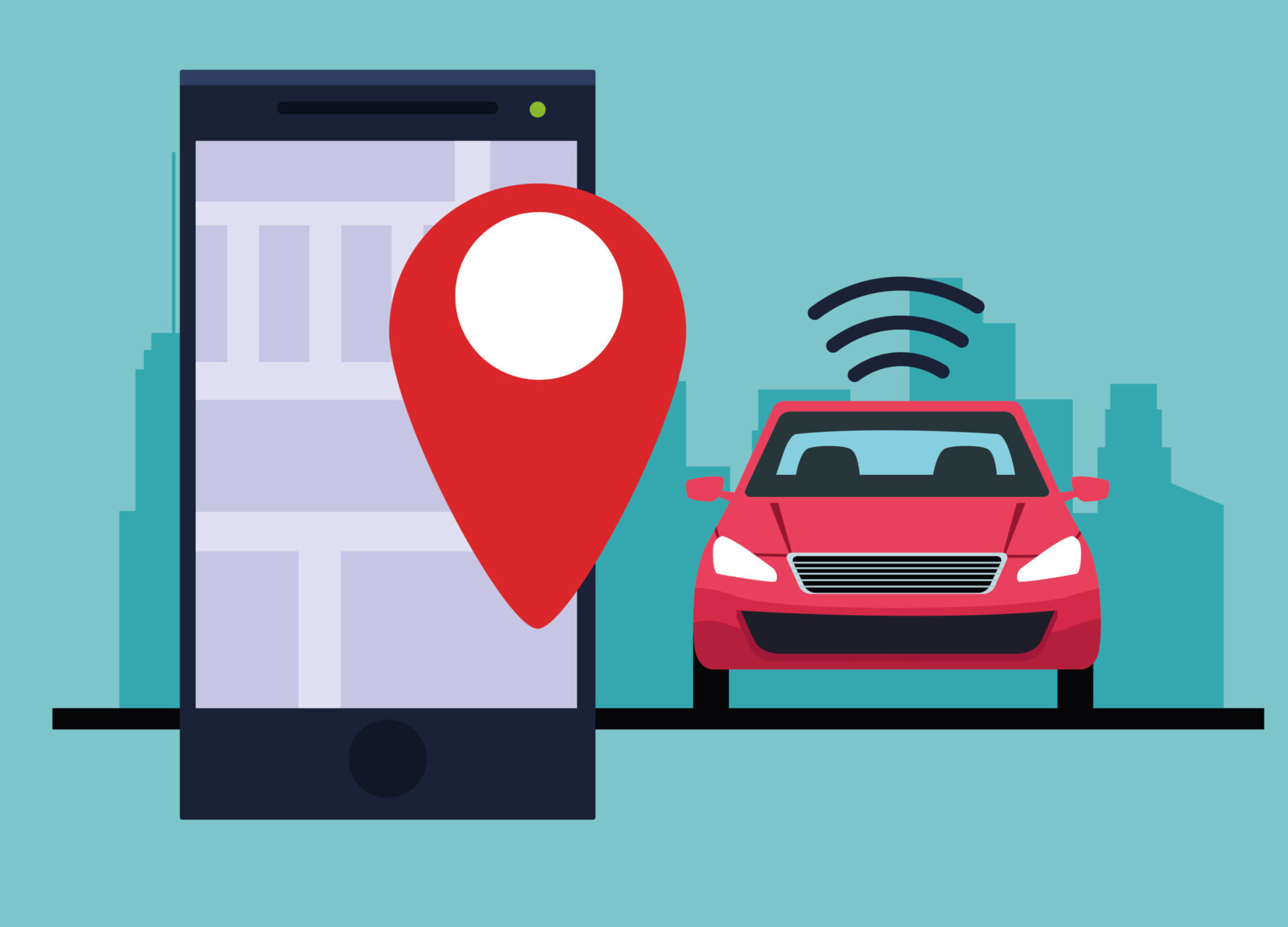It is a sad fact of life that vehicle theft figures are not coming down. In fact according to the latest official statistics there were around 130,521 vehicles stolen in England and Wales in the period 2022/23, an increase on previous years.
And while the numbers have fallen from the previous decade, largely due to security improvements made by motor manufacturers, they are still too high. Effectively, the onus is on vehicle owners to look at how they can improve security to keep their vehicle safe.
Trackers are vital in the fight against car crime
Many owners are looking to install vehicle trackers as a way to keep their vehicles safe from theft, ensure 24/7 location abilities and ensure speedy recovery should the worst happen. However, some savvy vehicle owners already know that installing a tracker can keep their motor insurance premiums down. And some are looking at self-installation as opposed to having a tracker installed professionally but are not sure of how much technical knowledge is needed for the task.
Installing a vehicle tracker yourself is fairly easy but if you’re not confident in doing this or you are not sure what type of tracker you need then it is always best to contact a leading supplier and fitter of vehicle trackers to get the best advice.
If you still want to go ahead yourself, here’s how to do it.
Decide where you want the tracker to go
The first job is to choose the best location for the tracker to go on your vehicle. This should be a position where there is unlikely to be any interference or blockage of the satellite signals, which are essential for your tracker to work correctly. The most popular places are:
- Inside the front grill
- Under the dashboard
- Inside the glove compartment
- Inside a speaker
- Inside a seat pocket
- Under a brake light cover
The best positions are often under the dashboard or inside a glove compartment, as these are easy to access. However, you should bear in mind that if you can easily find your tracker, then so can an opportunist thief!
You should also look at where the GPS antenna could go, and the best place for this is often behind the A-pillar.
When considering the best location for the tracking device, you need to remember that GPS signals can transmit through various surfaces like wood, plastic, glass and fibreglass but cannot transmit well through metal.
What kind of tracker?
There are three kinds of vehicle trackers: plug–and–play, which fits into the On-Board Diagnostics (OBD) port; hard-wired, which has to be connected to the vehicle’s electrical system; and battery-powered magnetic trackers, which are the easiest to fit—usually to the flat metal chassis underneath—and are portable.
It is recommended that those wishing to install a hard-wired tracker—for instance, if you want to hide the tracker or you need multiple fleet trackers—consult a vehicle electronics expert to ensure correct fitting.
OBD Port installation
The OBD port is located near the steering wheel in most cars to enable easy access for diagnostic technicians to check error codes and look for faults. It also provides a steady power source for tracking devices. It is important to ensure the tracker cannot be easily found but should be able to pick up satellite signals. The tracking device should simply plug into the OBD port.
Hard-wired installation
You need to locate a continuous power source that delivers 12v-24vDC and ensure you connect the red wire to it. The black wire should be grounded. You could choose a tracker that connects to the battery, which is simpler. Whichever you choose, always follow the instructions carefully and if you’re unsure, always contact the experts.


